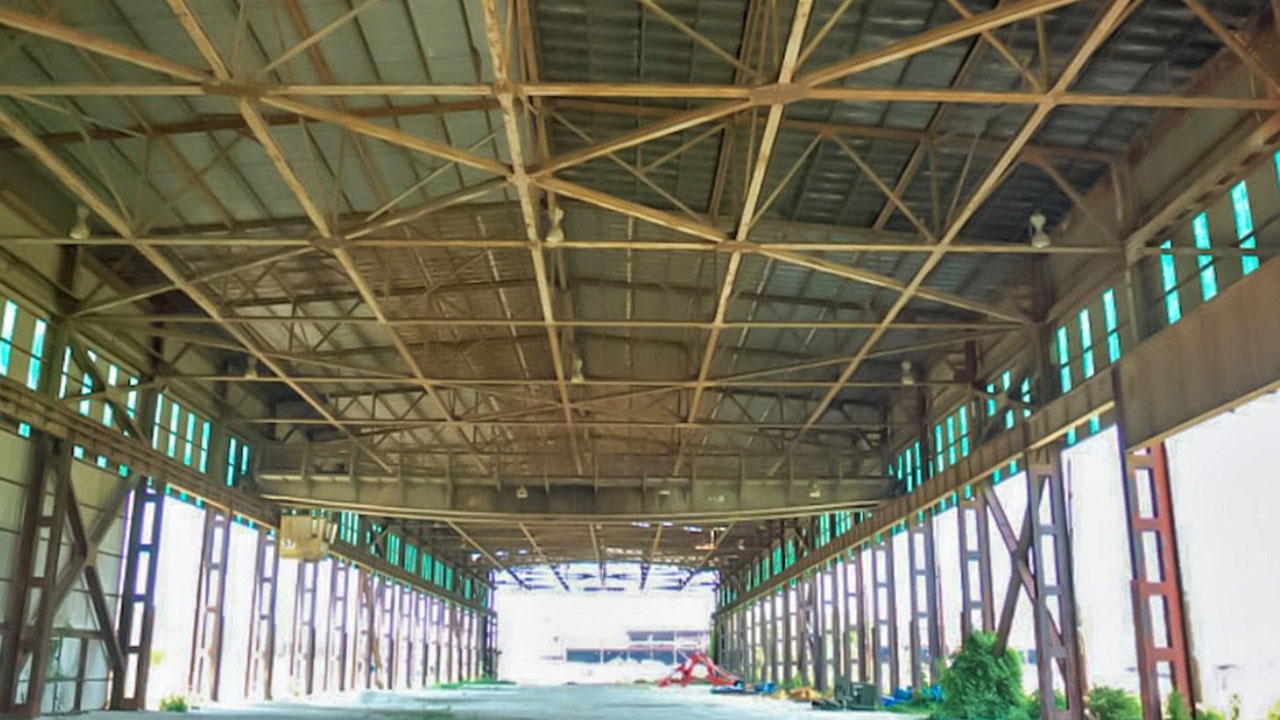Building in the Blue River Valley Industrial Corridor (BRVIC) often means dealing with layers of industrial debris, but not everything left behind by past construction is an obstacle. New opportunities may be discovered in the remains of old industrial eras. Assessing these opportunities and making the most of them is a skilled endeavor that should be trusted to engineers who have been through it before.
Consider the Rewards of Repurposing
Heavy industrial operations as far back as the early 1900s relied on structures that are still standing on certain properties in the BRVIC. Buildings of various shapes and sizes belonging to massive ARMCO steel mills and similar operations were abandoned when the mills closed in the late 20th century. While the work inside these structures was often specialized, the design of the structures themselves is fairly simple, making them flexible enough to support new purposes.
The core components of some of these legacy structures are worth a look and a trained eye might see new possibilities in them. Repurposing can mean significant cost savings compared to building new structures from square one. However, only an experienced team can determine whether a structure is a good candidate for repurposing and then guide the careful work that goes into making it happen.
Put Evaluation in the Right Hands
Repurposing a legacy structure that still survives in the Corridor usually means zeroing in on the foundation first and then the shell. Anything else attached to those components is probably no longer useful. Builders may not have the help of historical documentation of site specifics and will need to rely heavily on expert evaluation.
The assessment of an existing foundation is delicate work that draws on a seasoned geotechnical engineer’s gut instincts as much as their expertise. Existing foundations have settled over decades and how deep they run in some cases is tough to determine. Builders will want to partner with engineers who have a long resume and a background in Corridor work to conduct a subsurface investigation.
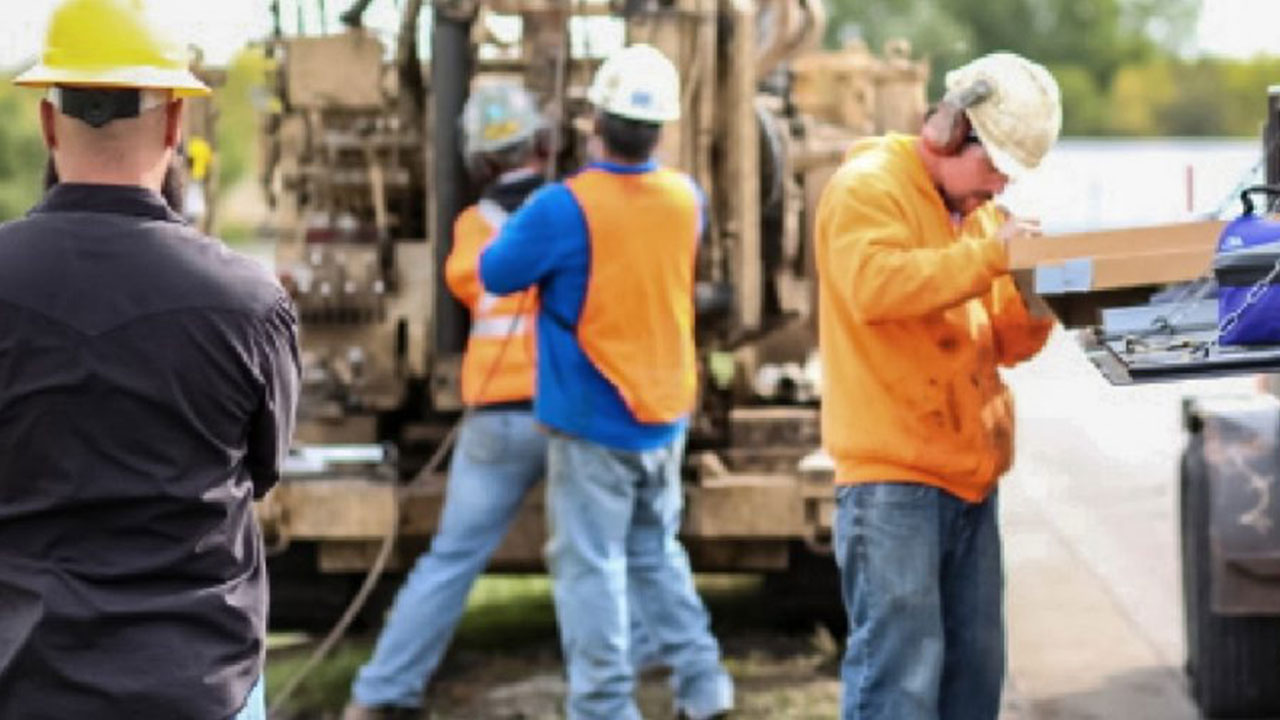
AOG engineers mobilize equipment to investigate a site.
The subsurface investigation will lead to recommendations for how to proceed with building on and around the existing foundation, including insight for any plans to expand the project’s overall footprint beyond the foundation. New foundations must be situated perfectly around the existing one. Making a match that ensures old and new keep working together over time is as much an art as it is a science that leaves little room for error. If one foundation sinks a few inches, shifts or pulls away from another, the stability of the entire structure could be threatened.
Geotechnical engineers will help project designers determine what kind of foundation to use and what it will require, factoring in everything from the limits of soil compaction to sufficient amounts of rebar and concrete. Efficiency will be a key benefit of geotech calculations that allow designers to fine-tune their approach and optimize their budget without sacrificing the quality of foundation components.
Make Sure Materials are Exactly Right
Like all other industrial projects, those in the BRVIC must rise from the ground on carefully formulated construction materials that hold up under the pressures of operation and stand the test of time. Ensuring rock-solid integrity in every material is both good practice and smart planning.
Businesses that move into repurposed structures should be able to count on construction materials for the long haul. As any engineer will tell you, materials problems are far more difficult to remedy after construction is complete. Making a priority of due diligence right from the start is always preferred.
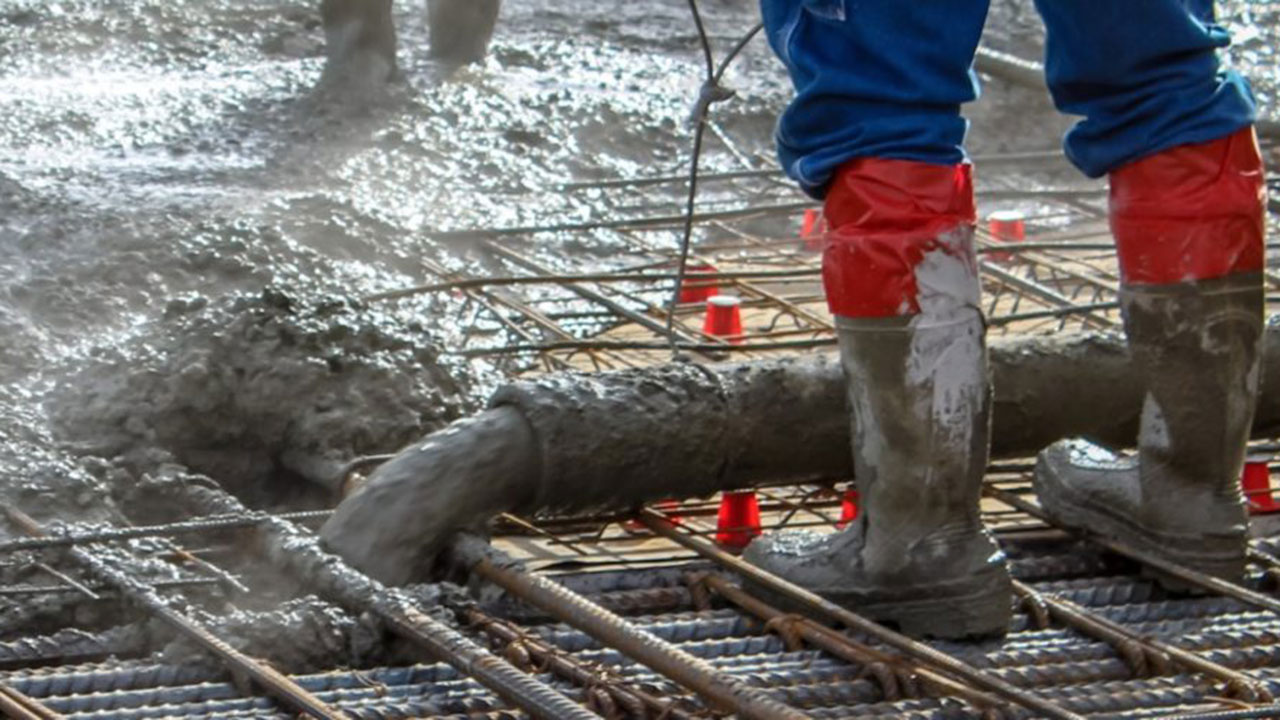
Concrete must be mixed perfectly and verified by testing.
Rebar, concrete and other essential materials should be carefully examined and tested to ensure they meet project specifications from the ground up. The right engineering partners will work closely with the build team on site, relying on their own testing and backing it up with an experienced feel for how materials fit into the overall conditions of a BRVIC property.
Inspect Every Step
After investigations are complete and recommendations are made, engineers will want to watch closely as digging begins. They’ll inspect groundwork with an eye for surprises that can develop in soil riddled with industrial debris or changes in soil conditions that require adjustments. Curveballs are common during initial phases of construction in the BRVIC. Builders should expect them and be ready.
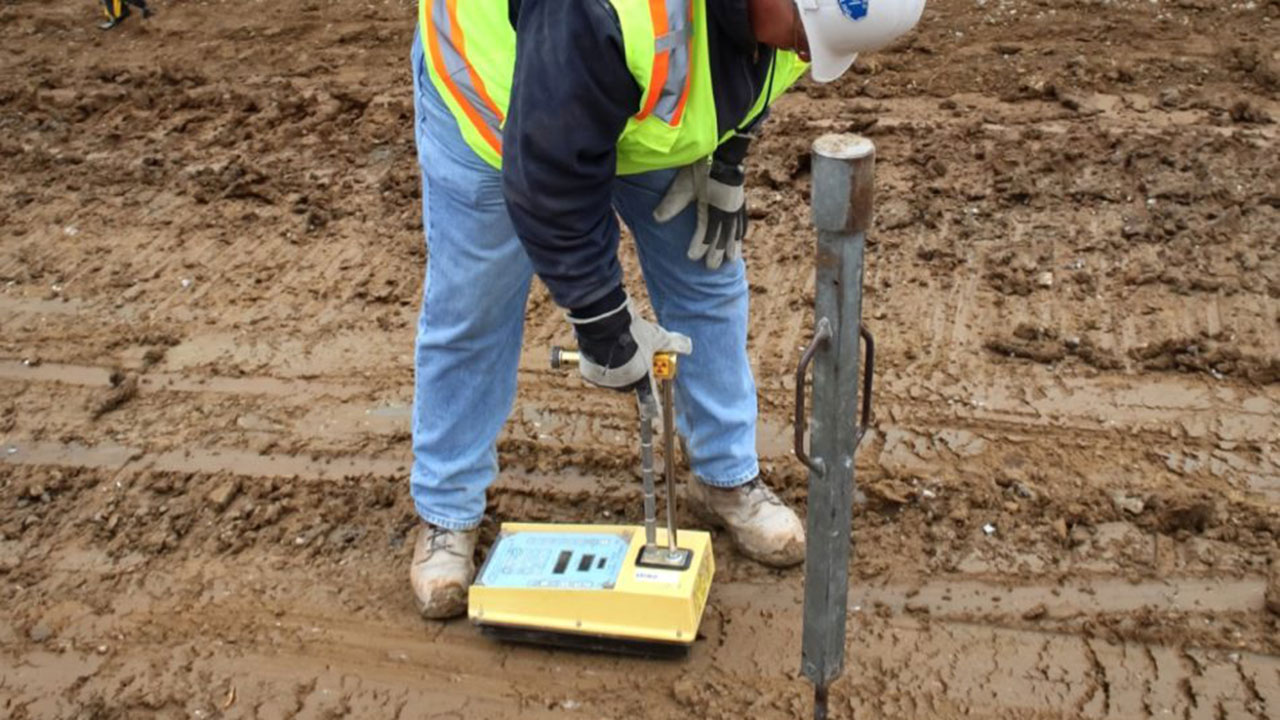
Concrete must be mixed perfectly and verified by testing.
Connecting new materials to an existing foundation and shell is an important part of the construction process involving repurposed structures in the BRVIC. Builders should partner with engineers who take on the specific responsibility of inspecting workmanship and documenting the results. Putting a new face on an old structure requires a lot of structural steel and welding connections. Those connections become even more critical in larger structures with increased loads that create more pressure. Adding bracing and other strategic support to webs and beams may be needed and builders will want engineers to monitor the work every step of the way.
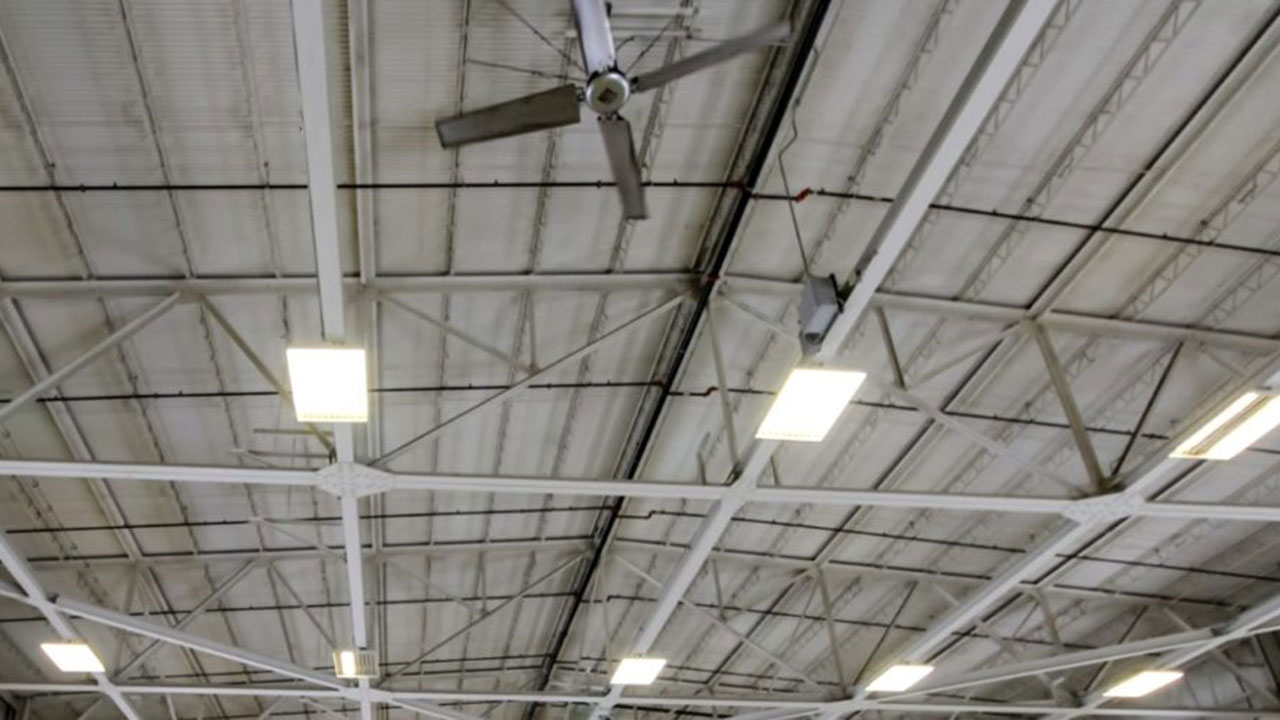
Old meets new along the ceiling of a steel mill structure repurposed by Custom Truck One Source.
Repurposing the Right Way is Worth It
The durability of some of the legacy structures in the BRVIC is impressive. Steel mills long ago were built with the expectation that they would last an extremely long time. Don’t be surprised if you find a foundation that’s still solid and ready to go or steel beams that are perfectly positioned to support yet another bold vision. Finding new purpose in old structures is a smart strategy, but don’t shortcut the process or a big step forward could ultimately lead to a devastating stumble.
Read about our ongoing work with Custom Truck One Source in the BRVIC>>

